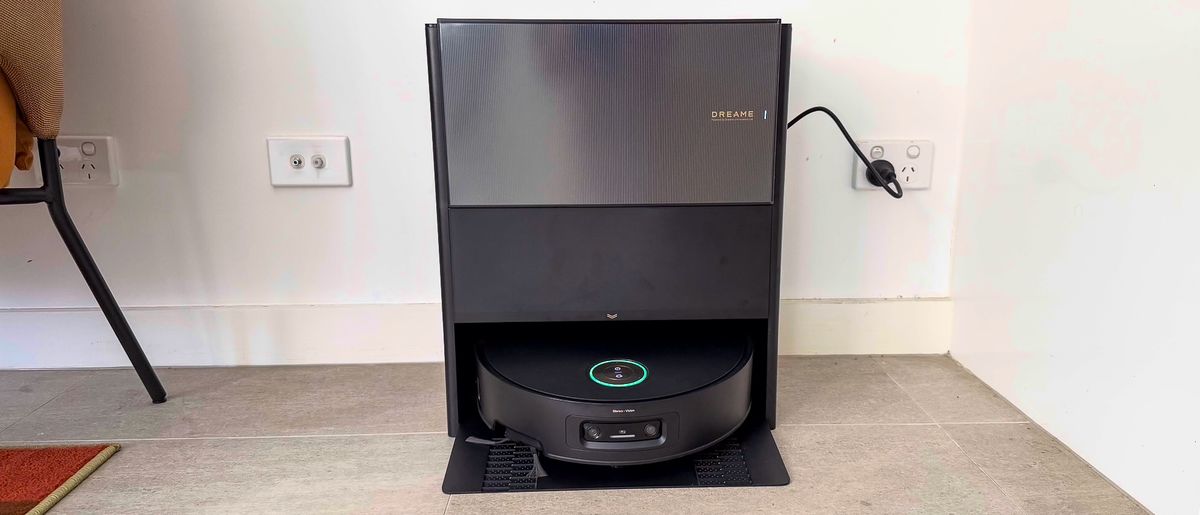On Nov. 10, Starlink quietly published a support page detailing its latest move toward affordability: a $40 monthly plan with no cost for equipment and, in some areas, free installation. That’s half the price of Starlink’s previous entry-level plan.
One catch? You’ll get budget speeds for that budget price. Starlink is capping download speeds at 100Mbps on the new plan, which is dryly dubbed the “Residential 100 Mbps” service plan. There’s no cap on upload speeds, but Starlink’s specifications page lists expected speeds between 15 and 35Mbps.
For a long time, residential Starlink customers only had one option: $120 a month, plus $349 for equipment. But earlier this year, Starlink debuted its Residential Lite plan, which took the monthly price down to $80 in exchange for reduced speeds. (Starlink also offers a $50-per-month Roam plan designed to be used on-the-go with the Starlink Mini dish, but data is capped at 50GB each month.)
| Monthly price | Typical download speeds | Typical upload speeds |
| $40 | 80-100Mbps | 15–35Mbps |
| $80 | 80–200Mbps | 15–35Mbps |
| $120 | 135–305Mbps | 20–40Mbps |
For the three years I’ve been writing about Starlink, I’ve heard the same thing from people in broadband circles. Yes, it is a true game changer for broadband in rural areas, but the reason most people don’t have good internet is that they can’t afford it. Now, it’s offering a price on par with some of the cheapest internet plans out there.
Can you get Starlink's affordable plan?
Where you can actually get the $40 plan is an open question. Starlink's website says that its plans and promotions vary depending on your location and the type of service you have, and that some offers "are only available in certain areas or for specific account types." It goes on to say: "If you don’t see a particular offer in your account, it just means it’s not currently available for your current service location."
On Starlink's residential service website, I checked ten random addresses throughout the country and found only one area where the plan was actually available: a rural town in Nevada. SpaceX, Starlink's owner, did not return my request for more information, but my educated guess is that it’s only offering this plan in areas where Starlink has excess capacity.
Because Starlink relies on thousands of satellites in the sky to beam internet to your home, it isn’t able to handle as many users as cable or fiber internet providers. One study released this summer estimated that Starlink could only connect 6.66 homes per square mile before it dipped below the FCC’s standard of 100/20Mbps for broadband speeds.
Where I live in Seattle, Starlink is currently charging a $1,000 surcharge because demand in the area is so high. To entice users with a $40 monthly price, it is likely only available right now in sparsely populated locations.
Is 100Mbps enough speed?
Starlink says its speeds go up to 100Mbps on the $40 plan, but I would assume that your typical speeds will be slightly lower than that. The most recent data from Ookla found that Starlink customers receive median download speeds of 104.71Mbps -- far less than the maximum 305Mbps it advertises. (Disclosure: Ookla is owned by the same parent company as CNET, Ziff Davis.)
That said, assuming the Residential 100Mbps plan is only available in areas without a lot of other Starlink users around, I wouldn’t be surprised if you got close to those speeds. But is 100Mbps enough?
For me, it would be absolutely. I live alone and don’t do a lot of bandwidth-intensive activities like online gaming or downloading large files. However, the more devices you add to the mix, the more quickly the 100Mbps will run out. Starlink says the plan is best suited for “2–3 person households with everyday internet needs,” but that seems slightly optimistic to me. The 100Mbps number assumes you’ll be connected via Ethernet, and you’ll lose some speed over Wi-Fi.
If everyone in your home is using only one device at a time for simple tasks like browsing social media or streaming music, I can imagine that two or three people would get by on 100Mbps. But if you want to do things like stream 4K video and play online games simultaneously, I think this plan would struggle to keep up.








 English (US) ·
English (US) ·